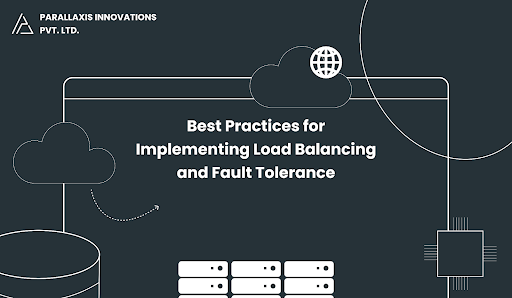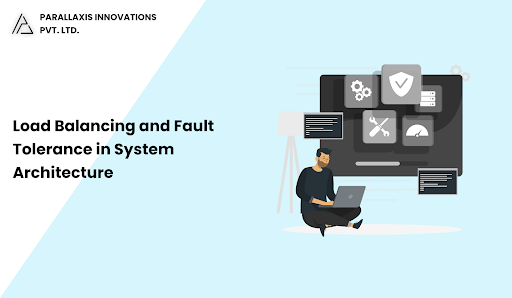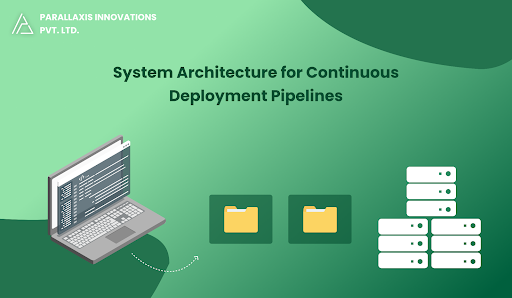In today’s world, many websites and apps have lots of users. This means they get a lot of traffic (visits). If your system is not ready for this, it can crash or slow down. That’s where two important ideas help: load balancing and fault tolerance.
In this blog, we’ll explain what these two things are, why they matter, and how you can use them to keep your website or app working well all the time.
What is Load Balancing?
Load balancing means sharing work (or traffic) between multiple servers. Instead of sending all users to one server, the system spreads them out to different servers.
Why is Load Balancing Important?
- Avoids Overload: No single server gets too much traffic.
- Faster Response: Users get quicker replies because traffic is managed better.
- More Reliable: If one server stops working, the traffic goes to others.
- Better Resource Use: All servers are used properly and not wasted.
Types of Load Balancing
There are different ways to decide how to divide the traffic:
- Round Robin: Sends traffic to each server one by one in order.
- Least Connections: Sends traffic to the server that has the fewest users connected right now.
- IP Hashing: Sends the same user to the same server every time, based on their IP address.
- Weighted Round Robin: Gives more traffic to stronger servers and less to weaker ones.
Popular tools for load balancing: NGINX, HAProxy, AWS ELB, Azure Load Balancer.
What is Fault Tolerance?
Fault tolerance means your system can keep working even if something goes wrong — like if a server crashes or a network stops working.
Why is Fault Tolerance Important?
- Keeps Your System Running: Even if one part fails, users won’t notice.
- Reduces Downtime: The system doesn't stop working.
- Happy Users: People expect apps to work 24/7 without issues.
How Does Fault Tolerance Work?
Fault tolerance uses smart tricks to keep things working:
- Redundancy: Having backup systems (extra servers or databases) ready to take over if one fails.
- Failover: Automatically switching from a failed server to a working one.
- Graceful Degradation: If a small part fails, the rest still works (like you can still browse products even if payments are down).
- Replication: Making copies of important data in different places.
- Monitoring: Using tools to watch the system and fix issues as soon as they happen.

Best Practices for Load Balancing and Fault Tolerance
- Use Multiple Servers: Don't depend on one server; use many.
- Backup Databases: Use replicas (copies) of your database in case one stops working.
- Auto-Scaling: Add or remove servers automatically based on how busy the system is.
- Use Global Load Balancing: Spread traffic across different regions in the world.
- Monitor Everything: Use tools like Prometheus or Datadog to watch your system and fix problems quickly.
- Test Failures: Try breaking your system on purpose to see if it recovers correctly (this is called chaos testing).
Example System Setup
Here’s what a simple, strong system might look like:
- User Side: People use your app through browsers or mobile phones.
- Load Balancer: Sends traffic to the right server.
- Application Servers: Handle the actual work and run in different regions.
- Cache: Stores frequently used data (using Redis or Memcached) to reduce database stress.
- Databases: Use master-slave setup or replicas for safety.
- Failover Setup: If one part fails, traffic goes to another part automatically.
- Monitoring Tools: Watch for issues and fix them fast.
Final Thoughts
Load balancing and fault tolerance are very important for any app or website that wants to be fast and reliable. They help make sure your system keeps working even when traffic is high or something breaks.
By using smart tools and best practices, you can build systems that are always available and give users a smooth experience - even during tough times.



